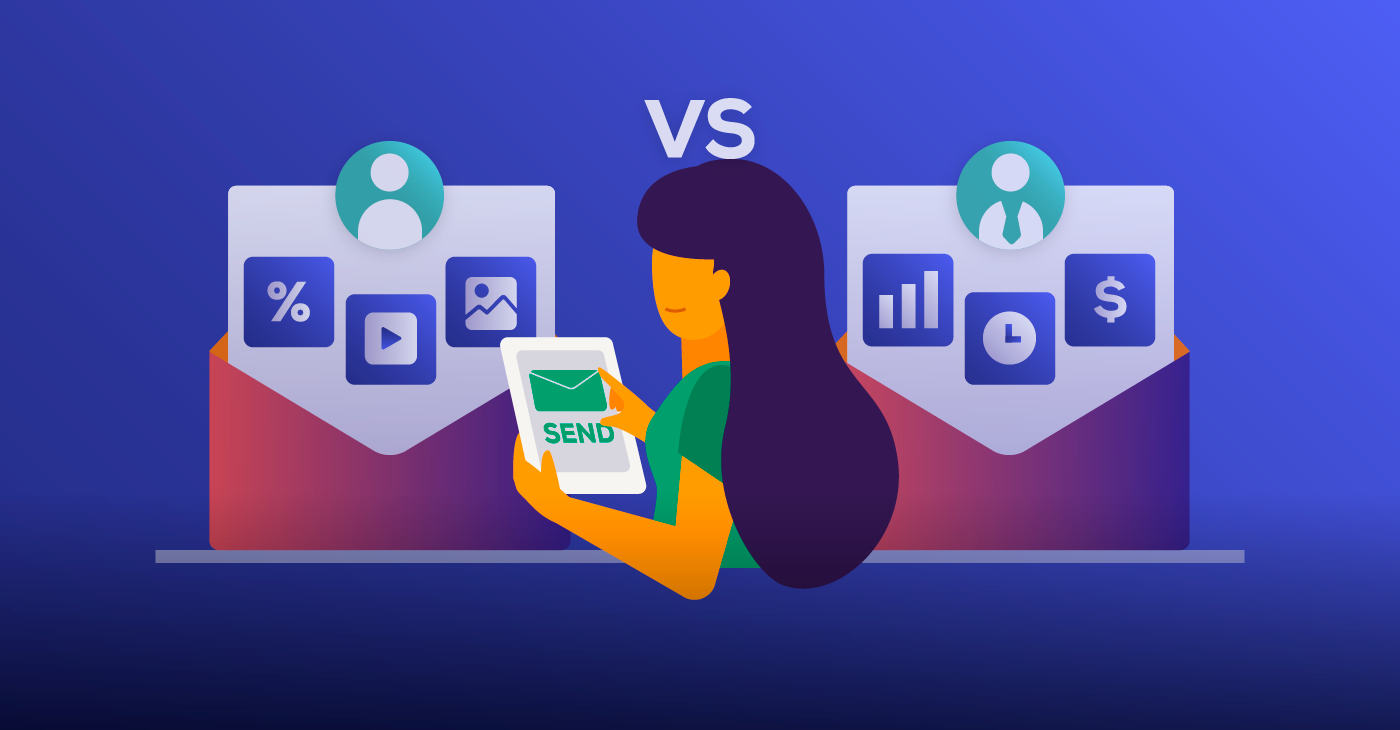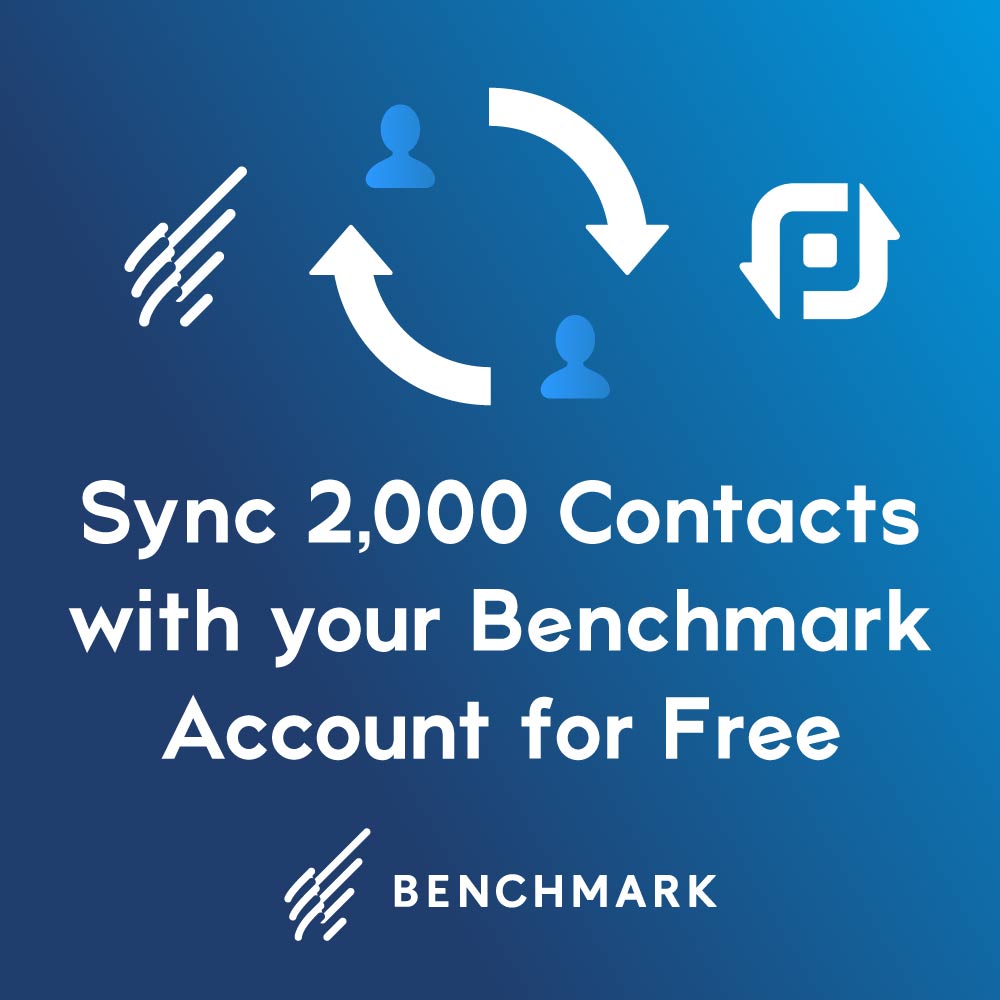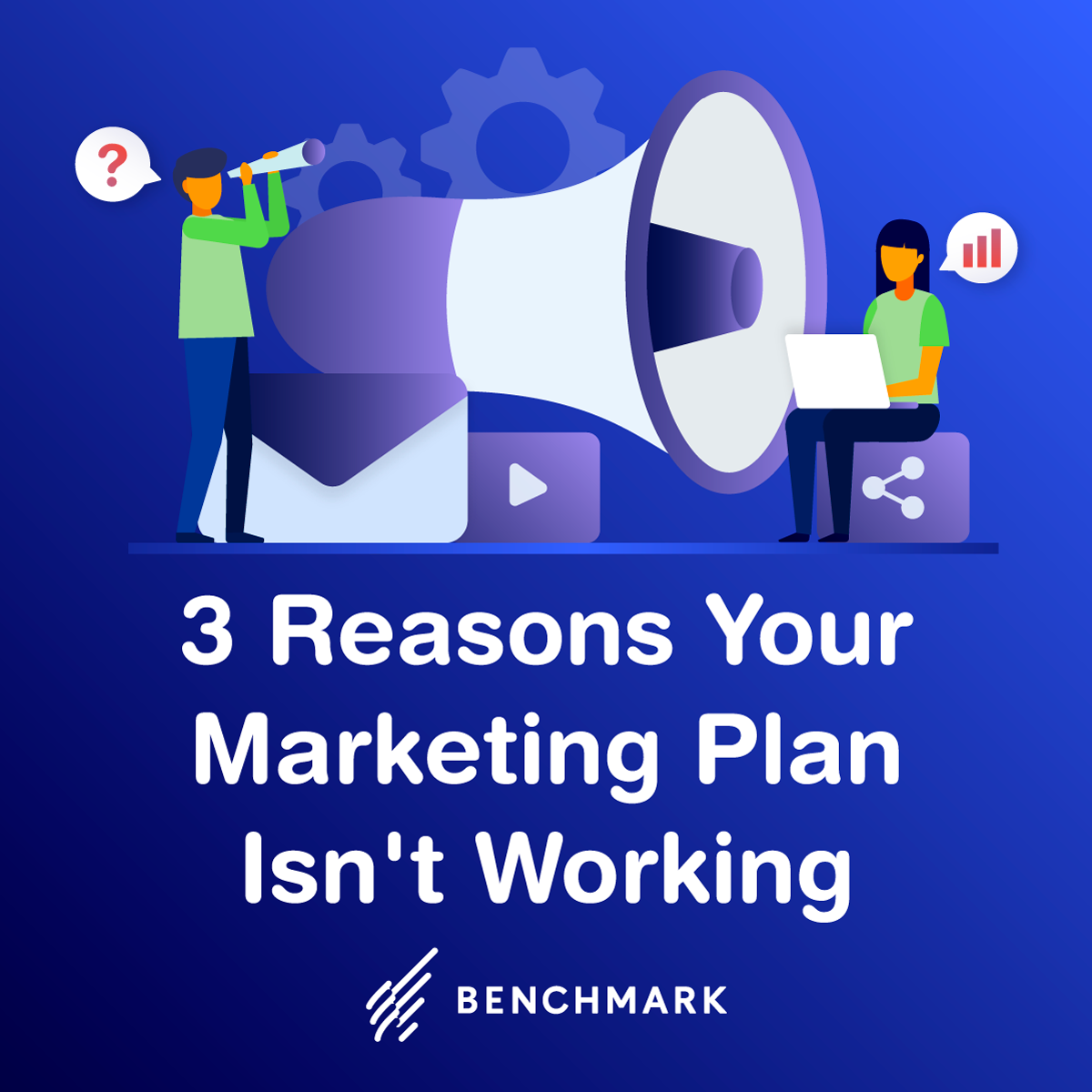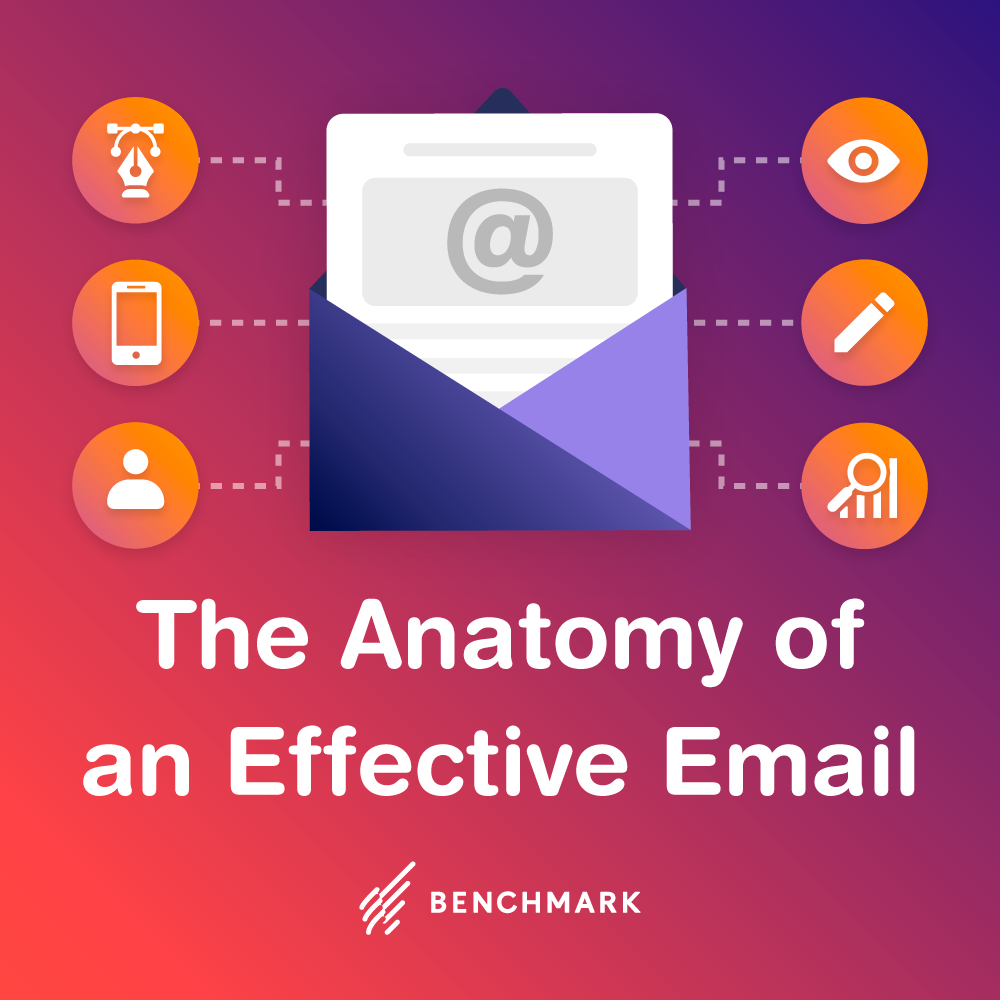
In addition to touch points and timing, the words you put on your signup form matter when it comes to growing your list. Part of that is the tone or personality that your words carry. That’s what is called the “voice” of your copy.
00:21 Andy Shore: Welcome back, everybody. We’re continuing our conversation about the focus on growing your email list. And for this next few episodes, we’re gonna talk about what goes into writing a good sign-up form. And the reason that writing is an important aspect of a sign-up form, we talked about all the touchpoints, we talked about the timing, writing is kind of the third aspect to that because that’s how they’re interacting with your sign-up forms. They’re gonna read what it says right there on there, you need to know how to do that well in order to make sure that… You can do timing right, you can do the touchpoints right, but if that last point isn’t there, they might fall out before finishing that subscription.
01:02 Daniel Miller: Exactly. And what we’ve been talking about earlier in the previous episodes, add value, that’s the most important thing. Make sure the potential subscriber, I’m not gonna call them a subscriber yet, the potential subscriber knows what the value is that they’re getting in exchange of their email. If you just say, “Sign up,” what am I signing up for? Is this offers? Is this newsletters? Is this daily? Is it weekly? Is it monthly? Those are the type of questions that your subscriber is gonna have in their mind. Try to answer those.
01:31 AS: Yeah, and it’s important to remember you’re not just talking one-on-one, this is a sign-up form that anyone who comes to your website is gonna see. So whereas you’re gonna be segmenting that list later on and get to have a little more individualized, personalized content, this needs to run the gamut for every type of visitor that’s gonna get to your website. And as we talked about with the different touchpoints there, there’s different sign-up forms, but each individual type of sign-up form is gonna have to have copy that it works for anyone who gets that page. And so the first factor that you gotta consider in writing the sign-up form is the voice you’re doing that in. And it’s not talking in weird voices, which I said earlier, I’m not gonna do impressions, so I’m not gonna just start talking in different voices now just to make you laugh, I’ll try and do that in every other way. But focusing on the voice, and that’s just the way you write, the personality that your words have.
02:27 DM: Yeah, and number one thing is don’t be boring. There’s like we’ve said, there’s so much competition out there. You wanna try to make sure your voice matches your brand, first of all. And second of all, that it speaks to the customer. So it’s very different for if you say, “Hey, check this out,” or something like, “Thanks for stopping by, would you like to check this out?” One’s a little bit more impersonal, but both of them have a different type of voice that may speak to a different type of person, right?
02:55 AS: Yeah, and to that point, you gotta remember, yes, in ones and zeros and in the digital sense of it, you’re just getting an email address, but the reality is there’s a person behind that email address. So one thing we do is we create buyer personas and different things to where we understand how we need to do our marketing towards those people. This is another aspect of that. Picture the person you’re writing the sign-up form and the way you would talk to that person because that’s the voice that your sign-up form should have is the way you talk to that person you’re seeing in your mind’s eye that is that potential subscriber that’s right then and there. How do you talk to that person? You don’t wanna sound like a robot or a machine, it’s a human talking to a human, even though it’s all happening on the computer.
03:43 DM: Exactly, and if you have different buyer personas, think about setting maybe different areas of your website that speaks to that different buyer persona, and then the sign-up form can better adjust to that type of voice. Right? I think Geico when they had this, “Save 15 minutes or more,” they had different types of ad. And I think… And I’m sorry, this is way back when they were starting that out, and you could tell they were trying to figure out who is their buyer. And they had these different buyer personas with the same message, “Save 15”. Some were really funny, some were serious, some were just like, what in the world did I just watch? And now they kind of landed in something in the middle that still addresses to the right type of person that’s looking for the insurance company, and they’re looking to save and so forth. But again, it was really interesting to see them do those different advertisements and test to figure out what was that overall buyer persona. For you, if you don’t know who your buyer persona is yet, you may just wanna try to do testing first, but it’s… The one thing that people tend to try to do is they look outward to try to find the buyer persona. Flip that around, look inward, who are you and who is the customer that you would wanna deal with? Times that by 1000, and there you go.
04:55 AS: Definitely. And as you’re testing that out and doing the different things, you’re staying true to your brand voice. If your brand can naturally and organically work in some humor, some wit, then do that, but don’t do it trying to… There’s nothing worse than a brand trying to be funny. You’re either actually funny or don’t go that route. You could be informational and educational, you can be sincere and cause the feels, whatever it is, elicit the emotions that fit your brand because otherwise it’s not gonna be something that makes sense to those different personas.
05:30 DM: Yeah. If I were to be on Bank of America’s website and they say, “What’s up, bro? You looking to subscribe?” I would be worried that they got hacked.
05:38 AS: Yeah. You don’t wanna keep your money with a bank that’s calling you, “Bro”. [chuckle] That’s a rule I’m putting out there. It doesn’t involve email marketing, but we hope you learn that from this podcast, too. We’re gonna pick back up with writing compelling copy to help you grow your list with the next couple of episodes. Thanks, everyone for tuning in. Goodbye.




